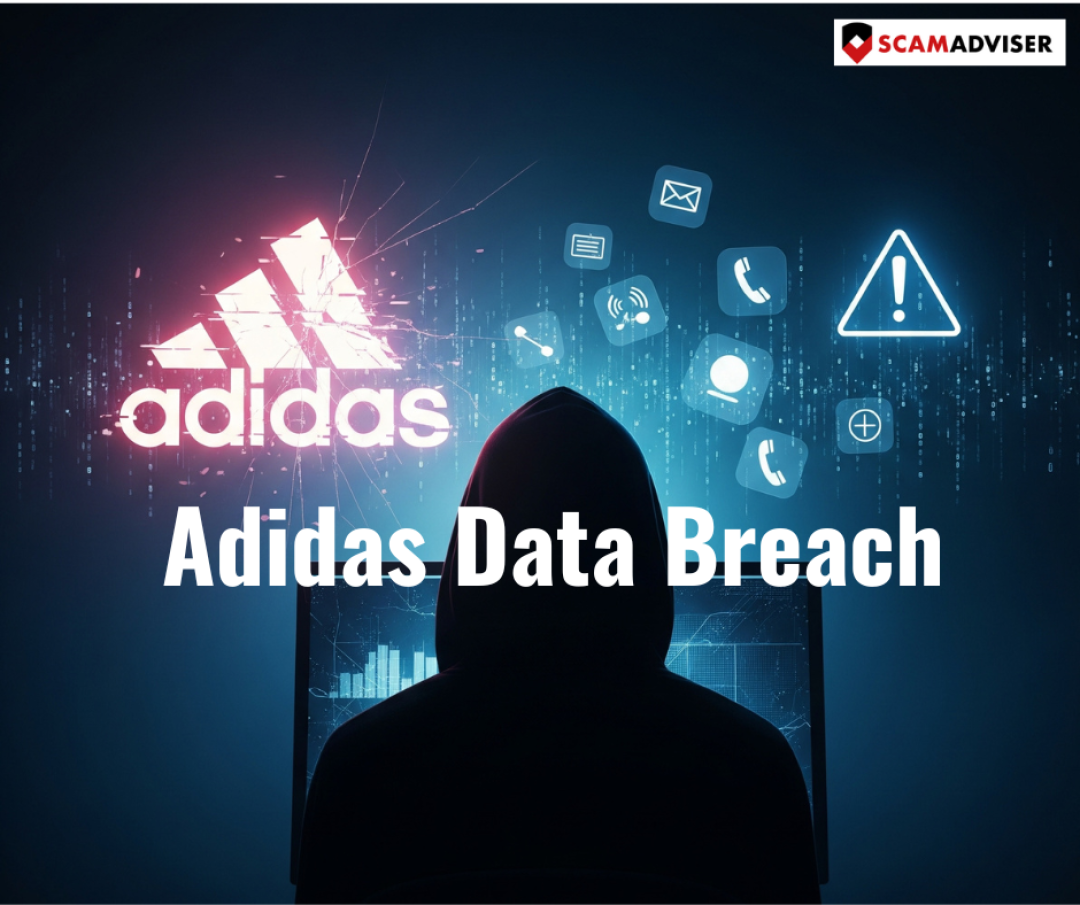Adidas Data Breach Puts Customer Contact Info at Risk

Author: Adam Collins
The Adidas data breach has left many customers concerned. A third-party help desk exposed customer names, emails, and phone numbers. While no credit card data was stolen, scammers may still take advantage.
Here is everything you need to know about the recent Adidas security incident.
What Led to the Adidas Data Breach?
An unauthorized person accessed customer data through an outside service used by Adidas. This service handled customer support. Because of the breach, anyone who contacted Adidas in the past could be affected.
No Credit Card or Payment Info Exposed
Thankfully, the breach did not include payment details or passwords. Adidas confirmed this. However, contact information can still be misused. Scammers may try to reach out using email, text, or phone.
Adidas Responded Quickly
Adidas moved fast after spotting the issue. They launched a full investigation and hired security experts. They also started notifying affected users and alerted the proper authorities.
What Should Customers Do Now?
If you’ve contacted Adidas support before, stay alert. Check your inbox for messages from Adidas. Be cautious with emails, texts, or calls from unknown sources. Don’t click suspicious links or share personal details without verifying the sender.
Adidas Plans Stronger Security
Adidas has promised to improve its data protection. They plan to review how they work with third-party vendors and tighten their systems.
In a statement, Adidas said. “Adidas is in the process of informing potentially affected consumers as well as appropriate data protection and law enforcement authorities consistent with applicable law.”
The statement concluded by noting, “We remain fully committed to protecting the privacy and security of our consumers, and sincerely regret any inconvenience or concern caused by this incident.”
Why the Adidas Data Breach Matters
The Adidas data breach highlights a growing problem. Companies often rely on outside partners. When those partners have weak security, customers pay the price. This breach is a reminder that cybersecurity is only as strong as the weakest link, often outside a company’s direct control. It also shows that digital trust can be fragile.
Report a Scam!

Have you fallen for a hoax, bought a fake product? Report the site and warn others!
Scam Categories
Help & Info
Popular Stories
As the influence of the internet rises, so does the prevalence of online scams. There are fraudsters making all kinds of claims to trap victims online - from fake investment opportunities to online stores - and the internet allows them to operate from any part of the world with anonymity. The ability to spot online scams is an important skill to have as the virtual world is increasingly becoming a part of every facet of our lives. The below tips will help you identify the signs which can indicate that a website could be a scam. Common Sense: Too Good To Be True When looking for goods online, a great deal can be very enticing. A Gucci bag or a new iPhone for half the price? Who wouldn’t want to grab such a deal? Scammers know this too and try to take advantage of the fact. If an online deal looks too good to be true, think twice and double-check things. The easiest way to do this is to simply check out the same product at competing websites (that you trust). If the difference in prices is huge, it might be better to double-check the rest of the website. Check Out the Social Media Links Social media is a core part of ecommerce businesses these days and consumers often expect online shops to have a social media presence. Scammers know this and often insert logos of social media sites on their websites. Scratching beneath the surface often reveals this fu
So the worst has come to pass - you realise you parted with your money too fast, and the site you used was a scam - what now? Well first of all, don’t despair!! If you think you have been scammed, the first port of call when having an issue is to simply ask for a refund. This is the first and easiest step to determine whether you are dealing with a genuine company or scammers. Sadly, getting your money back from a scammer is not as simple as just asking. If you are indeed dealing with scammers, the procedure (and chance) of getting your money back varies depending on the payment method you used. PayPal Debit card/Credit card Bank transfer Wire transfer Google Pay Bitcoin PayPal If you used PayPal, you have a strong chance of getting your money back if you were scammed. On their website, you can file a dispute within 180 calendar days of your purchase. Conditions to file a dispute: The simplest situation is that you ordered from an online store and it has not arrived. In this case this is what PayPal states: "If your order never shows up and the seller can't provide proof of shipment or delivery, you'll get a full refund. It's that simple." The scammer has sent you a completely different item. For example, you ordered a PlayStation 4, but instead received only a Playstation controller. The condition of the item was misrepresented on the product page. This could be the
